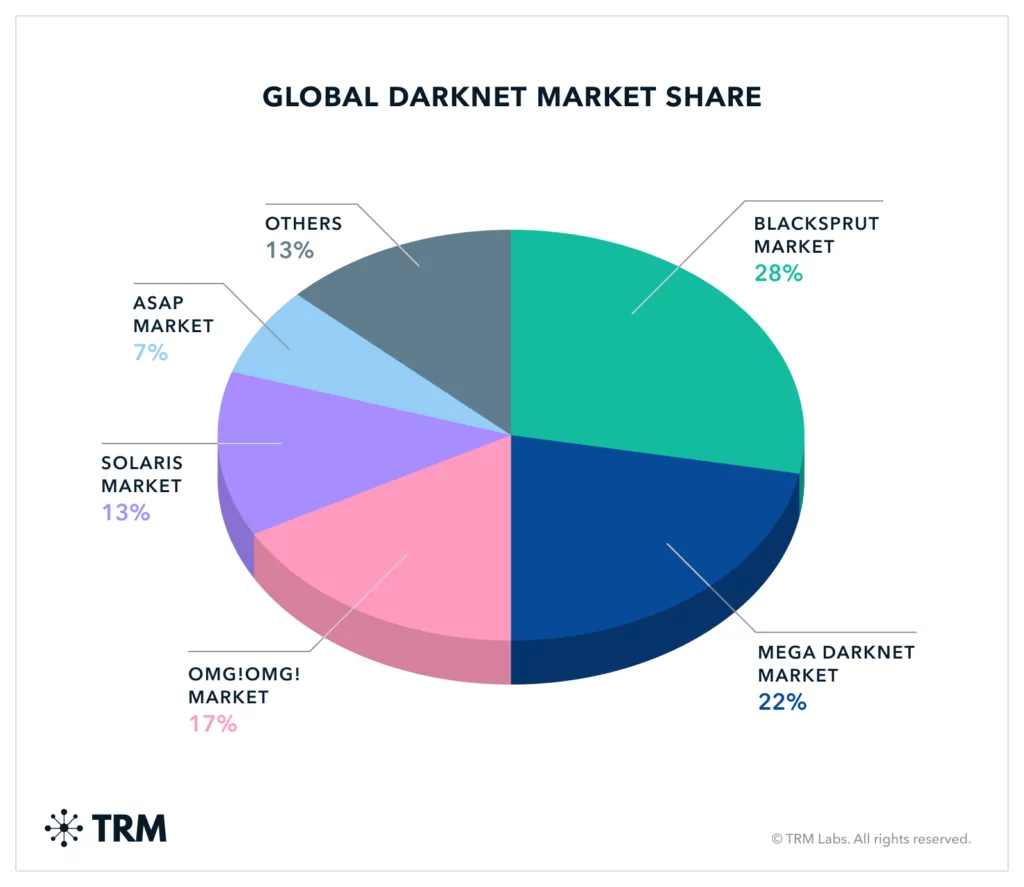Attraction of the darkweb often captivates those curious about the anonymity it offers. As a hidden part of the Net, the dark web houses multiple platforms that exist out of the reach of conventional law enforcement. While often linked with illicit activities, these deep web markets draw buyers for multiple factors, ranging from privacy concerns to the availability of distinct goods that cannot be found elsewhere.
Comprehending the intricacies of dark net markets is essential for individuals looking to understand this obscure landscape. If you are a researcher, a cybersecurity professional, or simply someone intrigued by the enigmas of the web, this resource aims to clarify the dynamics of these venues, offering guidance into their working, potential risks, and the changing nature of commerce in the shadows of the dark web.
Introduction to Darkweb Marketplaces
The darkweb is a part of the web that is typically not indexed by standard search engines, which creates it a obscure realm where users can operate with more anonymity. This segment of the web is often associated with forbidden activities, and one of its prominent features is the availability of dark web markets. These markets operate similarly to digital marketplaces where items and offerings can be bought and exchanged, but they commonly specialize in forbidden products such as controlled substances, arms, and fake items.
Exploring darkweb markets involves the use of specialized software, most commonly Tor, which conceals individuals' identification by sending their internet data through several servers. This concealment attracts both vendors and customers who wish to stay unnoticed by law enforcement. However, with this attraction comes a variety of hazards, including scams, interaction to dangerous materials, and the possibility for criminal consequences. It is important for anyone stepping into these markets to be aware of these risks.

The organization of dark web markets often resembles that of real online platforms, including user feedback, scores, and categories for multiple items. Each market has its own guidelines and systems, some operating as independent platforms for hacking services while others concentrate exclusively on tangible goods. As such, the terrain of darkweb markets is always evolving, shaped by law enforcement interventions and consumer demand, making it a dynamic yet perilous environment.
Grasping Darknet Mechanics
The darknet operates on a special set of rules that distinguish it from the surface web. One central element is the emphasis on anonymity. Users depend on particular software, such as The Onion Router, to reach underground services that are not listed by mainstream search engines. This privacy fosters a environment where illicit activities can flourish, although not every darknet transactions are unlawful. The interactions of trust within these markets are complicated, relying significantly on user reviews and established trust systems.
Stores on the dark web are fluid and can change swiftly, with new players entering and current ones leaving. This uncertainty creates a constantly evolving landscape where buyers and sellers must adapt swiftly. It is not uncommon for marketplaces to be fleeting, often closing up due to police crackdowns or inside conflicts. Even so, the resilience of these platforms means that new platforms regularly emerge, offering products ranging from illegal drugs to counterfeit documents.
Another critical aspect is the method of transaction used in these platforms. Digital currencies, particularly BTC, play a crucial role in facilitating transactions while ensuring user privacy. However, changes in cryptocurrency values can significantly affect the mechanics of buying and transacting on the dark web. As users seek to reduce risks associated with price fluctuations, alternative currency forms such as cryptocurrencies pegged to stable assets are becoming popular, adding another layer of challenge to the economic landscape of these stores.
Security and Security on the Dark Web
Navigating dark web platforms requires a strong of alertness and care. Users must equip themselves with tools such as VPNs and onion browsers to ensure their identities and activities remain concealed. These measures aid securing web traffic and hiding your IP address, making it more difficult for malicious actors to trace your internet activities. Moreover, constantly check the authenticity of the sites you browse, as numerous can be frauds designed to steal private data or distribute malware.
Another important aspect of safety on the dark web is the management of transactions. Numerous dark web exchanges utilize cryptocurrencies, as they offer a level of anonymity. However, it is necessary to use safe wallets and to be mindful of the threats associated with crypto theft and cyber attacks. Consistently conduct transactions with care, understanding the methods of securing your assets and ensuring you are not becoming a victim to scams. Fostering a sense of skepticism towards deals that appear unrealistic can safeguard you from potential losses.
Lastly, practice good operational protocols. This involves avoiding the sharing of personal information and being careful about the information you reveal even in secure platforms. Consistently update dark market 2026 and remain updated about the newest threats arising in dark web spaces. Educating yourself about safe practices assists in identifying potential dangers and strengthens your security while exploring the vast and frequently treacherous realms of the dark web.

